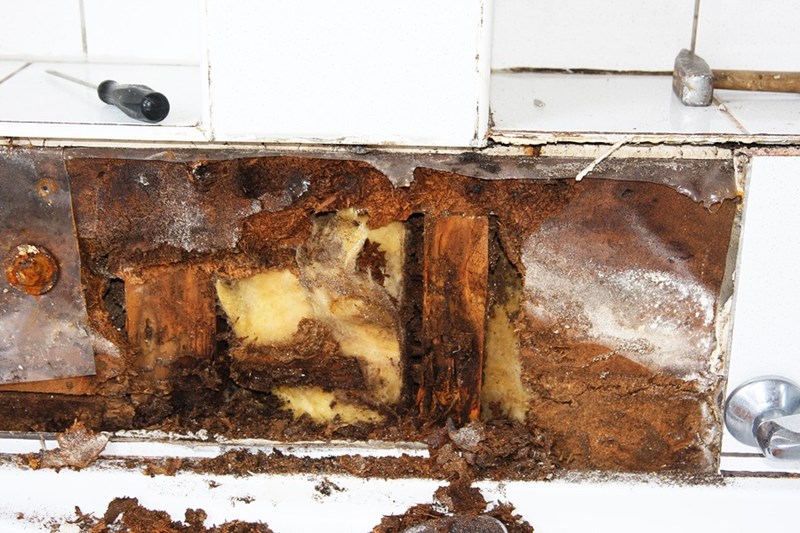Just How to Avoid Bathroom Water Damage
Just How to Avoid Bathroom Water Damage
Blog Article
Nearly everybody may have their unique theory about How to Fix a Water Damage Bathroom.

The bathroom is very at risk for moist build-up and also potential water damage as a result of the frequent use of water in it. This post supplies simple assessment strategies to help spotting water damages threats.
The frequent use of water in the shower room makes it exceptionally vulnerable for moist build-up and also possible water damage. By examining it frequently, you can minimize water relevant problems.
The following set of evaluations is simple to do and also need to be done once in every three months in order to keep your restroom in good shape as well as to stop possible water problems brought on by the bathtub, the shower, pipe joints and plumbing, sinks, cabinets, and the toilet
Do not overlook doing these assessments as well as be complete while doing them. Bear in mind that these basic assessments can conserve you a great deal of cash by giving very early signs for water damages
Sinks as well as Cabinets
Sinks as well as cupboards are subjected to wetness as well as humidity daily and are frequently overlooked. Inspect regularly under the sink and also on the kitchen counter over it. Fix any type of drip in the trap as it may suggest drainpipe troubles. Browse the sink, sluggish draining pipes may indicate an obstructed drainpipe. Change sink seals if they are broken or loose.
Bathtub and also Shower
The shower and also tub need special focus and also upkeep. Check the tiles and also change if broken. Ensure that there is no missing cement between the ceramic tiles. Inspect and also change broken caulking at joints where the walls fulfill the flooring or the bathtub. Clogged drains pipes as well as pipes troubles will certainly avoid the bath tub from drying out as well as may show major problems under the tub. Speak with a specialist promptly to avoid architectural damages. Take note of stainings or soft areas around the bath tub walls as they might suggest an internal leakage.
Plumbing
Signs for water damage are tough to find because the majority of pipes are mounted inside the walls.
Pay special interest to flooring as well as walls dampness and discolorations as they may show an unnoticeable plumbing trouble. Inspect dampness levels in adjacent spaces too.
The Bathroom
The commode is a prone water joint. Check the water lines and also search for leakages around the toilet seat, in the pipe, and under the water storage tank. If you detect any type of indicators of wetness on the flooring around the toilet, look for leakages in the toilet rim and also container seals.
Understand that hanging bathroom dish deodorants enhances the possibilities for obstructions.
10 TIPS TO PREVENT WATER DAMAGE IN THE BATHROOM
The average household uses approximately 80-100 gallons of water per person per day. For a family of 4, that's almost 2,500 gallons of water a week! The largest portion of this consumption comes from bathroom use. Flushing the toilet uses the most water, followed by taking a shower or bath. With that much water running through the home, water damage in the bathroom is bound to happen. Knowing how to spot signs of a water leak is essential to preventing long-term damage. This guide provides you with tips to reduce the impact of water damage on your bathroom.
CAUSES OF BATHROOM WATER DAMAGE
Pipe breaks are the most common cause of water damage we see in our daily jobs. The age of a pipe plays a large role in a pipe break as well as corrosion. Over time, the metal begins to break down, allowing water to escape. Frozen pipe breaks are also a concern in the winter months. Toilet overflows caused by paper products or children flushing inappropriate items. Degraded caulking around the toilet or bathtub can allow water seepage, sometimes behind the fixture, into the subfloor or walls. Condensation forms when the water in a pipe is cooler than the air temperature. Beads of water form on the exterior of the pipes, sometimes so much so that the water begins to drip and pool below. Sink or shower backups created by poor drainage. HOW TO PREVENT WATER DAMAGE IN YOUR BATHROOM
Inspect your toilet supply line for worn or frayed hoses and replace them as needed. Winterize your plumbing to prevent a frozen pipe break. Use vent fans to prevent condensation that can lead to mold growth. Routinely check and replace degraded caulking around your toilet or bathtub. Increase the temperature in your toilet tank and insulate your pipes during the warm summer months to keep condensation from forming. Use child safety locks on the toilets. Flush only toilet paper. "Flushable" wet wipes are actually not good for your plumbing system. Additionally, feminine hygiene products should not be flushed. Prevent water from escaping the tub or shower. Make sure shower curtains are in good condition. Inspect shower doors and replace the seal strip if necessary. Wipe up any water that accumulates on the floor and use bath mats. Water left to sit can cause damage to the tiles and flooring. Refrain from using bath products containing heavy oils to avoid a clogged drain.

We were brought to that report about How to Prevent Bathroom Water Damage through an associate on a different website. So long as you liked our blog entry plz be sure to share it. Bless you for your time. Visit us again soon.
Estimate Report this page